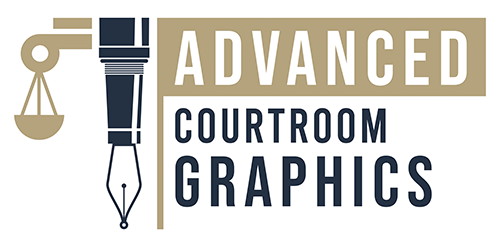The legal world can be complex, especially in medical malpractice cases. Visual evidence plays a crucial role in helping juries understand difficult concepts. Medical illustrations simplify the facts, making them easier to grasp. Research shows that using visuals can increase the chances of winning lawsuits dramatically. This article dives into how these types of demonstrative aids can change the game in the courtroom.
Understanding the Role of Medical Illustrations in Legal Cases
Medical illustrations serve as clear representations of medical conditions, treatments, and procedures. They can make complicated medical jargon accessible to everyone in the courtroom. Here are some common types of medical illustrations used in lawsuits:
- Anatomical Diagrams: These help depict the human body’s structure, showing how injuries occurred or how procedures were performed.
- Timelines: Timelines can outline the sequence of events leading to the medical issue, helping juries understand the context.
- 3D Models: These provide a realistic view of anatomy or procedures, making injuries more relatable.
Medical illustrations are especially useful in scenarios involving:
- Complex injuries
- Surgical errors
- Misdiagnoses
For these illustrations to be effective in court, they must meet certain legal standards. They require expert testimony to demonstrate their accuracy and relevance.
Creating Effective Medical Illustrations for Litigation
Collaboration between legal teams and medical illustrators is essential for successful outcomes. Here’s how to create effective medical visuals:
- Clear Communication: Share objectives and key details with illustrators to guide the creation process.
- Accuracy is Key: Ensure that all illustrations are anatomically correct and supported by medical evidence.
- Choose the Right Style: Depending on the case, select an illustration style that resonates with the jury—be it realistic or abstract.
Best practices include having ongoing discussions during the creation process to align on necessary details and the intended impact of illustrations.
Utilizing Medical Illustrations to Tell a Compelling Narrative
Medical illustrations can transform complex medical jargon into relatable stories. They help jurors visualize essential points, making them more likely to retain crucial information about the case. Here are effective techniques:
- Highlight Key Injuries: Use visuals to emphasize wounds or surgical errors for a compelling narrative.
- Simplify Technical Information: Convert complicated medical terms into easy-to-understand visuals.
A well-known case involved an injury sustained during surgery. The attorney used an anatomical diagram to show how the surgeon’s error directly led to complications. This visual made a significant impact, leading to a favorable verdict.
Cost and Time Considerations
Budget and timelines are essential factors when commissioning medical illustrations. Here are some aspects to consider:
- Cost Influencers: Prices vary based on the complexity and detail required. Customized illustrations may cost more than generic ones.
- Creation Timelines: Typically, medical illustrations can take weeks to complete. Allow time for revisions and approvals.
- Budget Optimization: To maximize resources, discuss your needs upfront. Setting clear limits can help avoid unexpected expenses.
Planning well can save both time and money while ensuring illustrations meet all necessary standards.
Maximizing the Impact in Court
To make the most out of medical illustrations, preparation is vital. Effective witness testimony can enhance the illustrations’ impact. Here’s how to make that happen:
- Integrate Visuals in Testimony: Ensure witnesses can refer to illustrations while providing explanations.
- Leverage Technology: Innovative methods like interactive presentations or virtual reality can engage the jury.
- Anticipate Counterarguments: Prepare responses to potential challenges against the illustrations.
Being ready for these issues can strengthen the case and increase the visuals’ persuasiveness.
Conclusion: Key Takeaways and Best Practices for Success
Medical illustrations are vital tools in legal battles, especially in medical malpractice cases. They clarify complex information, making it accessible to juries and ultimately increasing the likelihood of a favorable outcome. Key takeaways include:
- Collaborate closely with medical illustrators to create effective visuals.
- Use illustrations to simplify intricate medical topics.
- Prepare thoroughly for courtroom presentations to maximize impact.
Consulting with professionals can give your case a distinct advantage, leading to better results in the courtroom. Taking these steps ensures that you harness the full power of visual evidence when it matters most.
